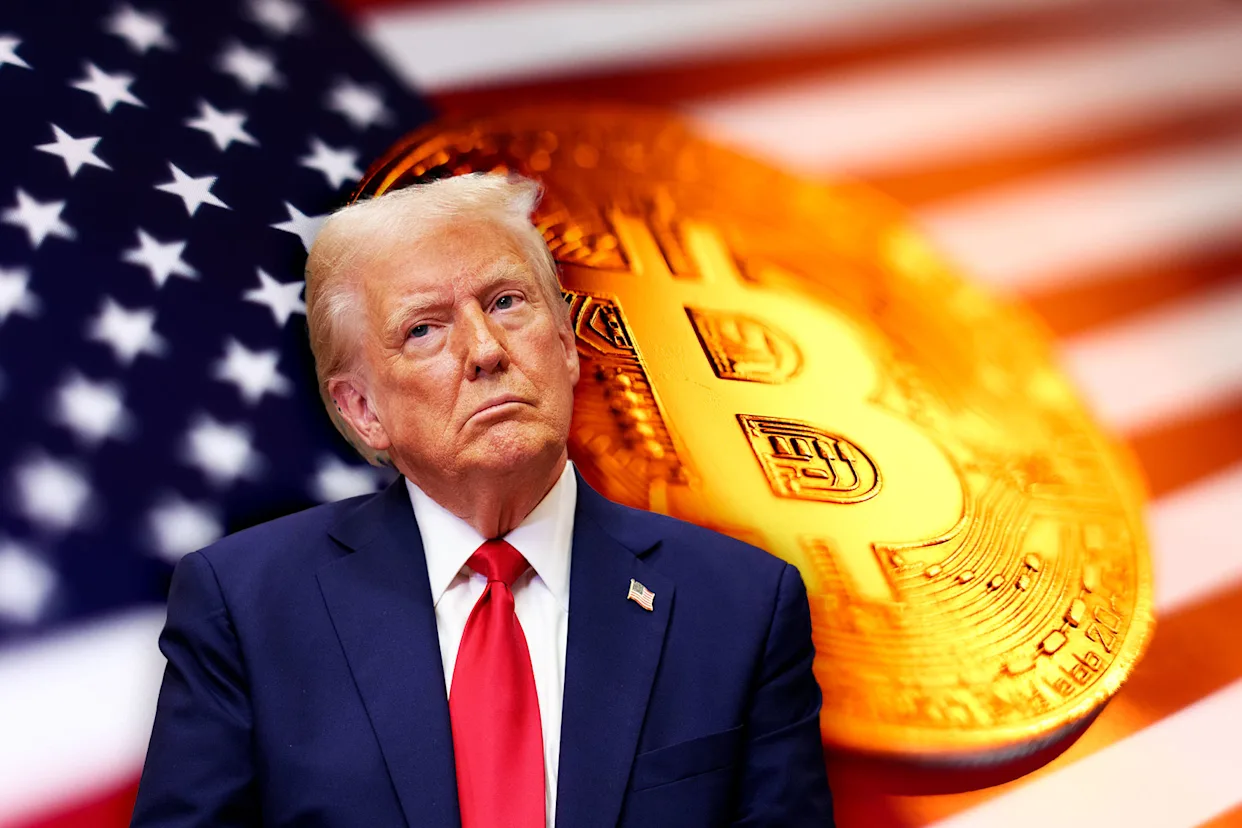The US President Donald Trump raised the political stakes sky-high, with a $15 billion defamation lawsuit against The New York Times — bringing together the varied skill of politics, the prying eyes of the press, and the irregular boom/bust cycle of digital assets! In four different articles and a book published by The Times through its print edition, the lawsuit claims that Trump lost money, specifically business income that could have been generated by a potentially lucrative operation involving a meme coin.
In the Florida federal court filing, Trump makes the same accusation that the Times colluded to damage his economic reputation and portfolio.
The patchwork complaint filed late Monday appeared to be one of the few, if any, in the nation to name multiple reporters for a paper, in this case, four New York Times reporters, for intentionally misreporting facts of Trump’s dealings. At the heart of the complaint is the claim that the reporting harmed the reputation and value of his Solana-based meme coin.
The lawsuit stated that the publication inflicted “immense and economically devastating injury” to his brand, assets, and enterprises. According to the filing, the negative publicity tainted the project for Floridians, even though the coin did not go live until months after the articles were published in late 2024.
It also targets a book by two of the reporters named in the lawsuit that looks at Trump’s wealth. According to the lawsuit, the release of the book was intentionally set to match the timing of a trailer for the film “The Apprentice”, a film about Trump’s emergence during the 1980s.
The suit alleges that the timing of all these events — investor notice, media report, and crypto plunge — was coordinated, leading to a “precipitous” decline in the stock price of Trump Media & Technology Group, the parent company of Truth Social, which has recently entered the crypto market. The Times insisted that it had not crossed any legal lines, calling the suit meritless and an attempt to intimidate independent journalism.
Trump’s Unstable World of Crypto

While direct interactions with the president’s meme coin have been rocky already, the lawsuit claims The New York Times did damage to it. Launched in January 2025, the coin had a wild valuation that topped $73 billion before collapsing to lose over 88% of its value, plummeting to a $8.6 billion valuation. However, the president is not entirely giving up on his broader crypto agenda. His net worth immediately increased as he invested money in additional crypto projects — such as his family’s business, World Liberty Financial, and its related token, WLFI.
The suit is only the latest in Trump’s string of high-profile cases against national media organizations. This year alone, he had settlements against both ABC News and CBS, which he said he would put toward his would-be presidential library. But in the inevitable attempts to explain these types of incidents, his attorneys call them nothing more than a “measured response” and a “path to restoring integrity to journalism,” and critics consider it just one more move on Trump’s part to suppress dissenting opinions and critical reporting.
The AI Chip Connection
The lawsuit is particularly well-timed, as it came only hours after the same New York Times published its reporting. The report linked Trump World Liberty Financial’s success to a lucrative deal struck between the US government and the United Arab Emirates (UAE) over high-powered artificial intelligence chips.
In its report, the outlet noted that a potential conflict of interest arises, as it found that an Emirati firm had deposited $2 billion with the crypto company, which is partly owned by Trump’s family, not long ago —just before the US sanctioned the sale of advanced AI chips to the UAE. While no position argues that the circumstances of those events are now connected, the Cloud took a hit on luck and timing and has, nonetheless, subjected the administration to scrutiny post-business dealings.
















